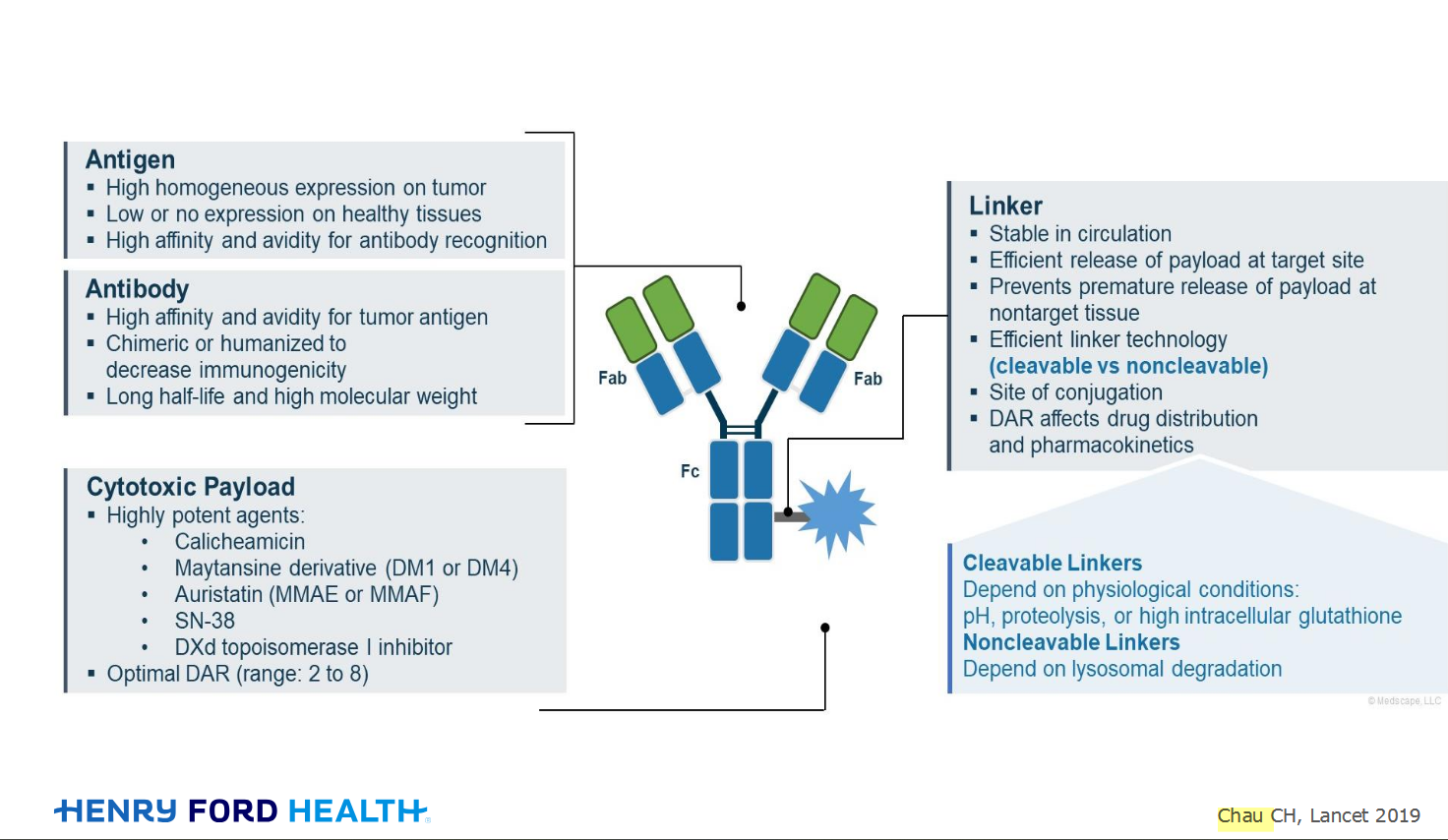Welcome!
Welcome to the new CancerGRACE.org! Explore our fresh look and improved features—take a quick tour to see what’s new.
Transcript
First, let’s define the term “oligometastatic disease.” Oligometastatic disease typically means patients who have metastatic disease, but have a few metastases that, if they could be eradicated, their life could be prolonged. There are some good examples of the literature where patients have been resected, let’s say for metastatic colorectal cancer, or metastatic renal cancer, let’s say they had a brain metastasis that was resected and given curative therapy for their primary cancer, and there is about a 20-25% overall survival rate in that situation.
That, broadened out with the development of stereotactic body radiation therapy, has brought into play SBRT for patients with oligometastases for a variety of tumors. There is some recent literature in lung cancer, let’s say, that show that if you have patients with a few metastases that are receiving systemic therapy, that you can achieve median survivals approaching 20 months in metastatic lung cancer, and that’s previously unseen. That data was a trial from UT Southwestern and the University of Colorado groups, published this past year in the JCO — one of the most cited papers in the JCO this past year.
I think the oligometastatic patient population is a good patient population for focused radiation therapy. People ask, “what is oligometastasis?” It has classically been defined as patients with three or fewer metastases who have their remainder of the disease or the disease burden is under control with systemic therapy; some have expanded that to five or six metastases. It typically doesn’t matter where they are. The classic example, of course, is a metastasis to the brain. We’ve applied this to patients in the lung, liver, spine, various places that are able to receive this focused radiation dose, and I think it’s a good tool, if chosen for the right patients, to extend their survival — perhaps we could even cure a few.
Please feel free to offer comments and raise questions in our
discussion forums.
Hi app.92, Welcome to Grace. I'm sorry this is late getting to you. And more sorry your mum is going through this. It's possible this isn't a pancoast tumor even though...
A Brief Tornado. I love the analogy Dr. Antonoff gave us to describe her presentation. I felt it earlier too and am looking forward to going back for deeper dive.
Dr. Singhi's reprise on appropriate treatment, "Right patient, right time, right team".
While Dr. Ryckman described radiation oncology as "the perfect blend of nerd skills and empathy".
I hope any...
My understanding of ADCs is very basic. I plan to study Dr. Rous’ discussion to broaden that understanding.

Here's the webinar on YouTube. It begins with the agenda. Note the link is a playlist, which will be populated with shorts from the webinar on specific topics
An antibody–drug conjugate (ADC) works a bit like a Trojan horse. It has three main components:

Welcome to the new CancerGRACE.org! Explore our fresh look and improved features—take a quick tour to see what’s new.